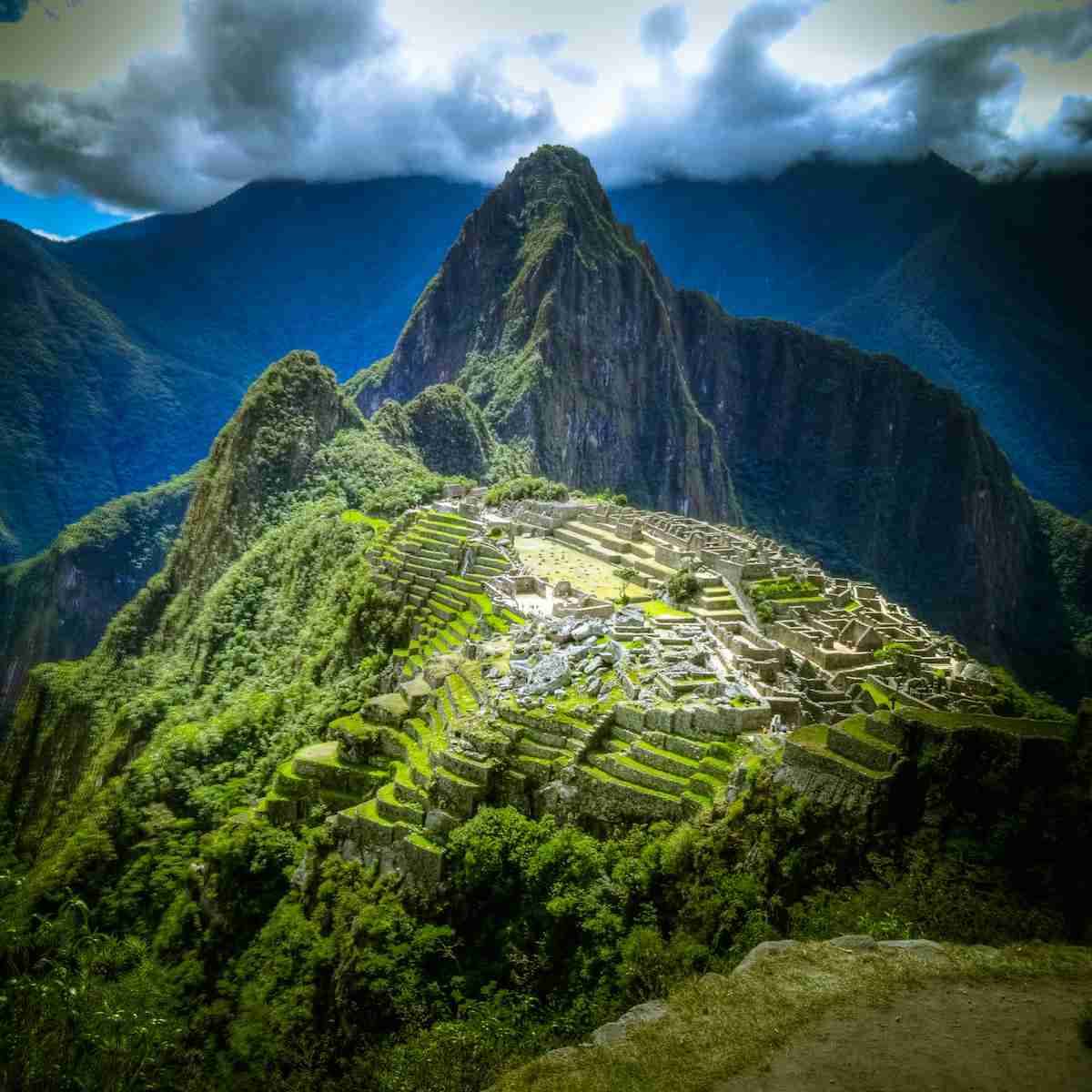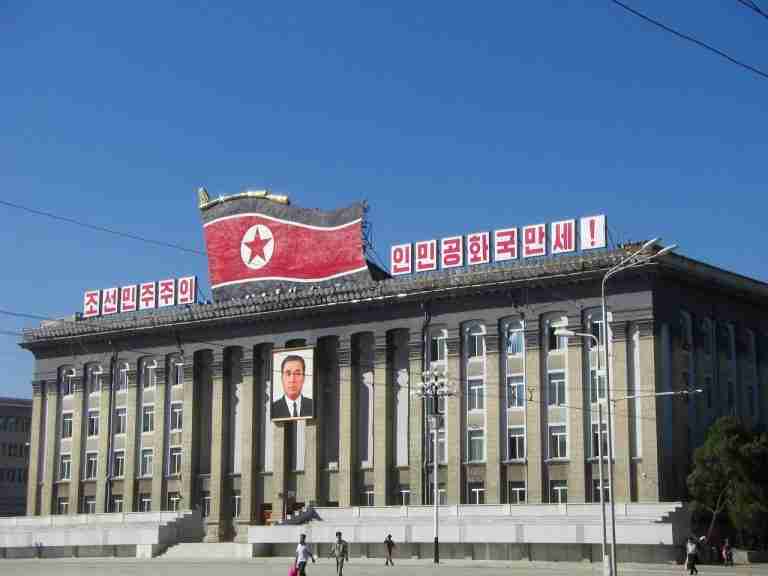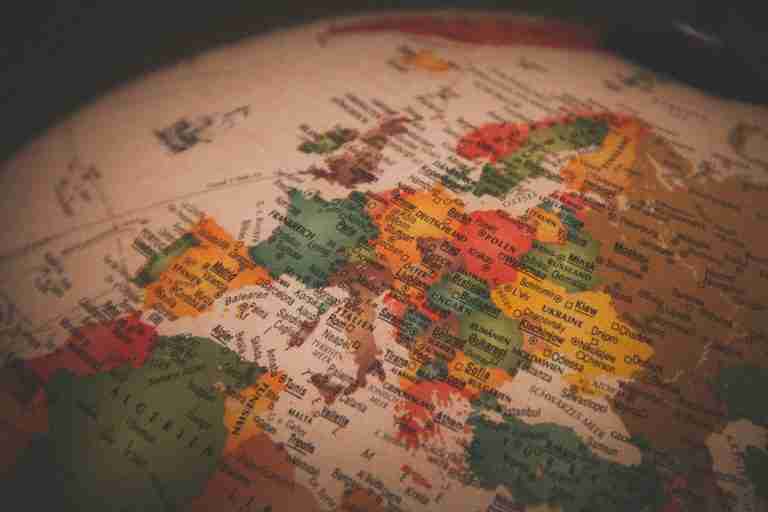26 Fun Facts About Peru | The Heart of the Andes
1. Peru has one of the longest surfing waves in the world.
The wave at Chicama can reach lengths of up to 4 kilometers.
This makes it a paradise for surfers seeking a unique and extended ride.
2. Peru is one of the world’s top producers of silver, copper, and zinc.
Its mining industry plays a crucial role in the global market.
Peru’s rich mineral resources have been exploited for centuries, dating back to pre-colonial times.
3. Peru is home to a significant portion of the Amazon Rainforest.
This vast region is one of the most biodiverse areas on Earth.
It hosts countless species of flora and fauna, many of which are yet to be studied or discovered.
4. Peru is the birthplace of the potato.

There are over 3,000 different varieties of potatoes grown in Peru.
This diversity is a testament to the crop’s ancient and ongoing significance in Peruvian agriculture and cuisine.
5. The Huascarán National Park in Peru is a UNESCO World Heritage site.
It encompasses most of the mountain range known as the Cordillera Blanca, the highest tropical mountain range in the world.
The park is home to diverse wildlife and breathtaking landscapes.
6. The Peruvian Amazon is one of the most biologically diverse areas on Earth.
It’s home to species like jaguars, pink river dolphins, and hundreds of bird species.
Conservation efforts are vital for protecting this unique ecosystem.
7. The Peruvian Amazon covers over 60% of the country, which is one of interesting Fun Facts About Peru.
This vast area is one of the world’s most ecologically rich and diverse parts.
It’s a crucial part of the global ecosystem, with an incredible variety of wildlife and plant species.
8. Machu Picchu is an iconic symbol of the Incan Empire.
Located in the Andes Mountains, it was built in the 15th century.
It remained hidden from the outside world until 1911 when it was rediscovered by Hiram Bingham.
9. The Andean condor, the largest flying bird in the world.
They play an important role in Andean culture and mythology.
10. Peru has the second-highest amount of shamans in the world.
Shamans, or traditional healers, play a significant role in Peruvian indigenous cultures.
They are known for their knowledge of medicinal plants and spiritual healing practices.
11. The city of Cusco was the historic capital of the Incan Empire.
Cusco is a UNESCO World Heritage site, rich in archaeological remains and Spanish colonial architecture.
It’s often seen as the gateway to Machu Picchu and the Sacred Valley of the Incas.
12. The Nazca Lines are a series of large ancient geoglyphs in the Nazca Desert.
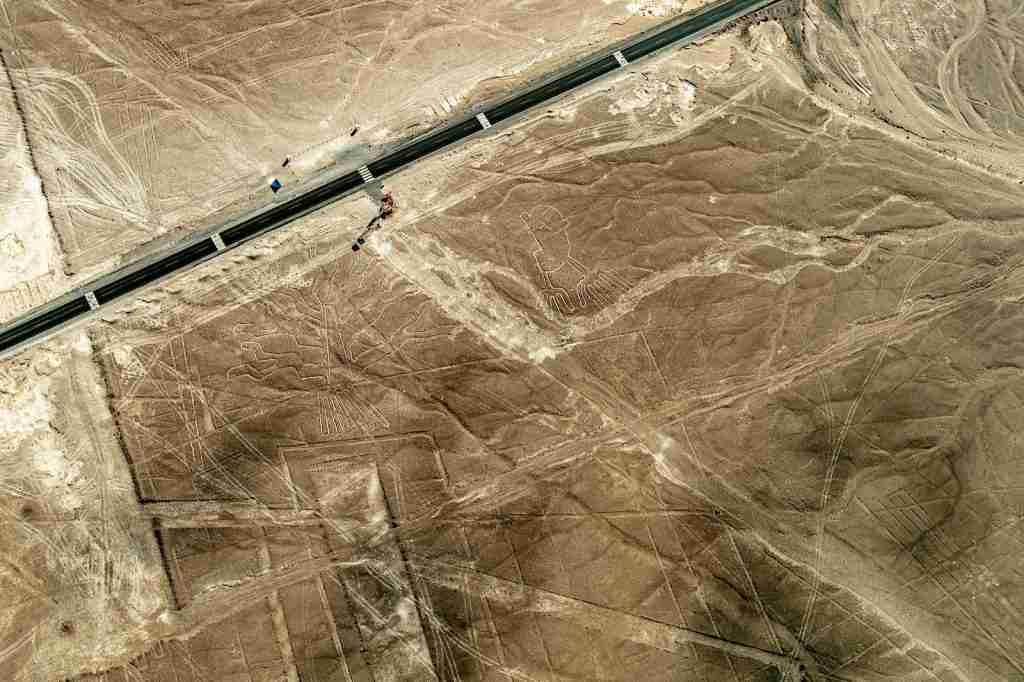
Created between 500 BCE and 500 CE, these lines form various shapes and designs.
Some extend over 200 meters long and are best viewed from the air.
13. The Peruvian city of Arequipa is known as the ‘White City’.
Many of its buildings are made from sillar, a white volcanic rock.
This gives the city its distinctive appearance and charm.
14. Pisco, a type of brandy, is Peru’s national drink.
It’s produced in the Pisco region of Peru and is used to make the famous Pisco Sour cocktail.
The drink has significant cultural and historical importance in Peru.
15. What is the predominant religion in Peru?
The predominant religion in Peru is Roman Catholicism.
It has a significant influence on the country’s culture and traditions.
16. The Peruvian hairless dog is a breed unique to Peru.

Known for its distinctive appearance, it has been a part of Peruvian culture for centuries.
This breed is believed to have medicinal properties and is often kept as a pet.
17. The Peruvian Andes are home to over 30 spoken languages.
Besides Spanish and Quechua, many indigenous languages are still spoken, reflecting the country’s rich cultural diversity.
This linguistic variety includes Aymara, Asháninka, and Shipibo, among others.
18. Peru’s national bird is the Andean cock-of-the-rock.
This bird is notable for its bright red plumage and unique mating dance.
It’s often spotted in the cloud forests of the Andes and is a symbol of Peruvian biodiversity.
19. The city of Iquitos in Peru is the largest in the world inaccessible by road.
Located in the Amazon rainforest, it can only be reached by boat or plane.
It’s a major hub for river and air transportation in the Peruvian Amazon
20. The Incan Empire was the largest in pre-Columbian America.
Known as Tawantinsuyu, it extended across parts of present-day Peru, Ecuador, Bolivia, Argentina, Chile, and Colombia.
It existed before the Spanish conquest in the 16th century.
21. Peru’s cuisine is one of the most diverse in the world.
It’s a fusion of indigenous, Spanish, African, Chinese, and Japanese culinary traditions.
Dishes like ceviche, lomo saltado, and aji de gallina reflect this rich culinary heritage.
22. The Uros people of Peru live on floating islands they built on Lake Titicaca.
The islands are made from totara reeds and marvels of traditional engineering.
The Uros maintain a traditional way of life, largely based on fishing and tourism.
23. Peru has 12 UNESCO World Heritage Sites.
These include Machu Picchu, the historic city of Cusco, and the Nazca Lines.
Each site reflects Peru’s rich history and cultural diversity.
24. Lake Titicaca is the highest navigable lake in the world.
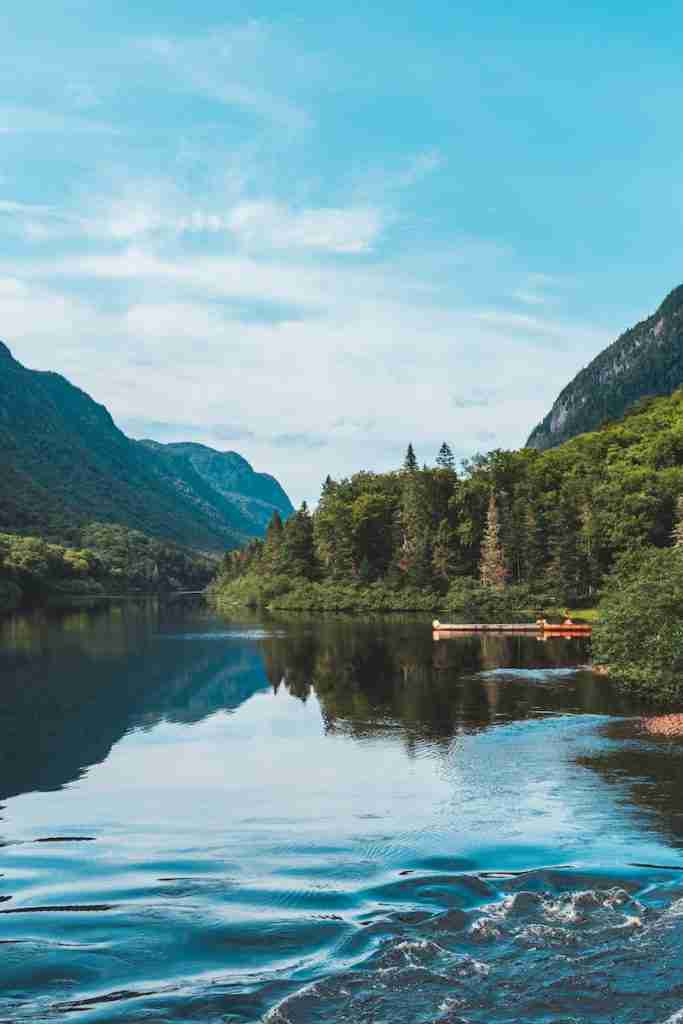
Situated at 3,812 meters above sea level, it straddles the border between Peru and Bolivia.
It’s known for its floating islands and the unique cultures of the people who live on them.
25. The Lord of Sipán is one of the most significant archaeological discoveries in Peru.
Found in 1987, the tomb contained the remains of a Moche leader and a wealth of artifacts.
This discovery has provided invaluable insights into the Moche civilization and culture.
26. The Fiesta de la Candelaria is a famous religious festival in Puno, Peru.
Held in February, it’s one of the largest and most colorful festivals in South America.
The festival features traditional music, dance, and costumes, celebrating the region’s cultural heritage.
FAQs
The official languages of Peru are Spanish and Quechua. Additionally, there are several indigenous languages spoken by various ethnic groups.
The capital of Peru is Lima. Lima is not only the capital but also the largest city in the country.
Peru is generally in the Peru Time Zone (PET), which is 5 hours behind Coordinated Universal Time (UTC-5).
The official currency of Peru is the Peruvian Sol (PEN). It is used for transactions and is denoted by the symbol “S/.”
The last directly elected president was Pedro Castillo, who was elected for a term from 2021 to 2026.

